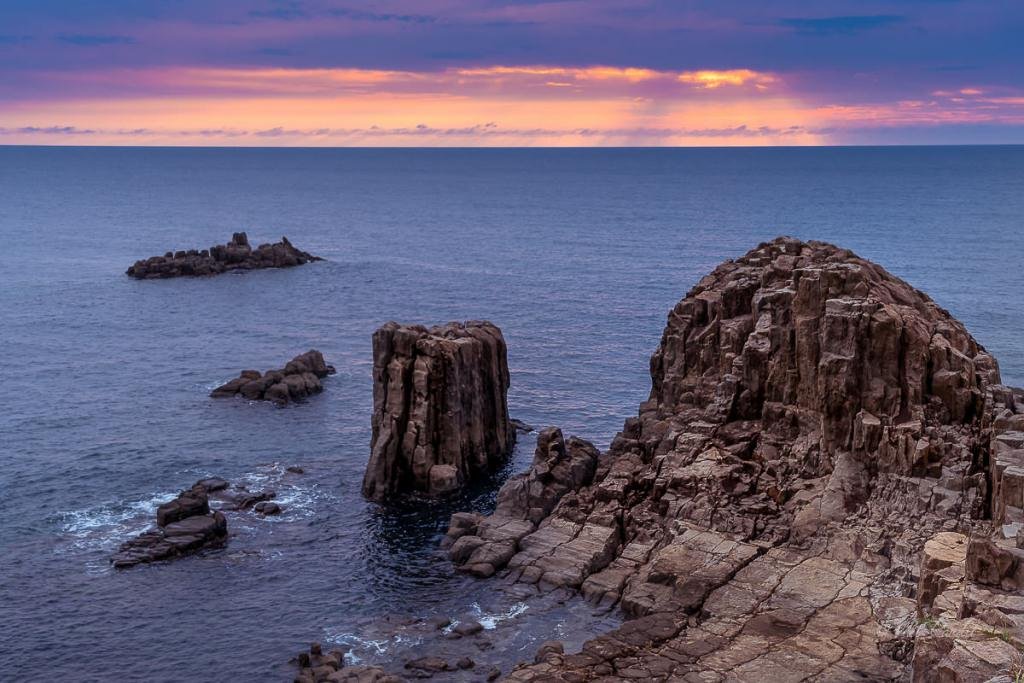

The thrilling Tojinbo Cliffs
Tojinbo Cliffs enjoy the dubious distinction of being the most loved suicide spot in Japan. For the wandering souls like me, the enthralling, rugged cliffs eroded by the raging waves of the Sea of Japan combined with the mesmerizing sunset is certainly more than likely to cause skipped heartbeats.